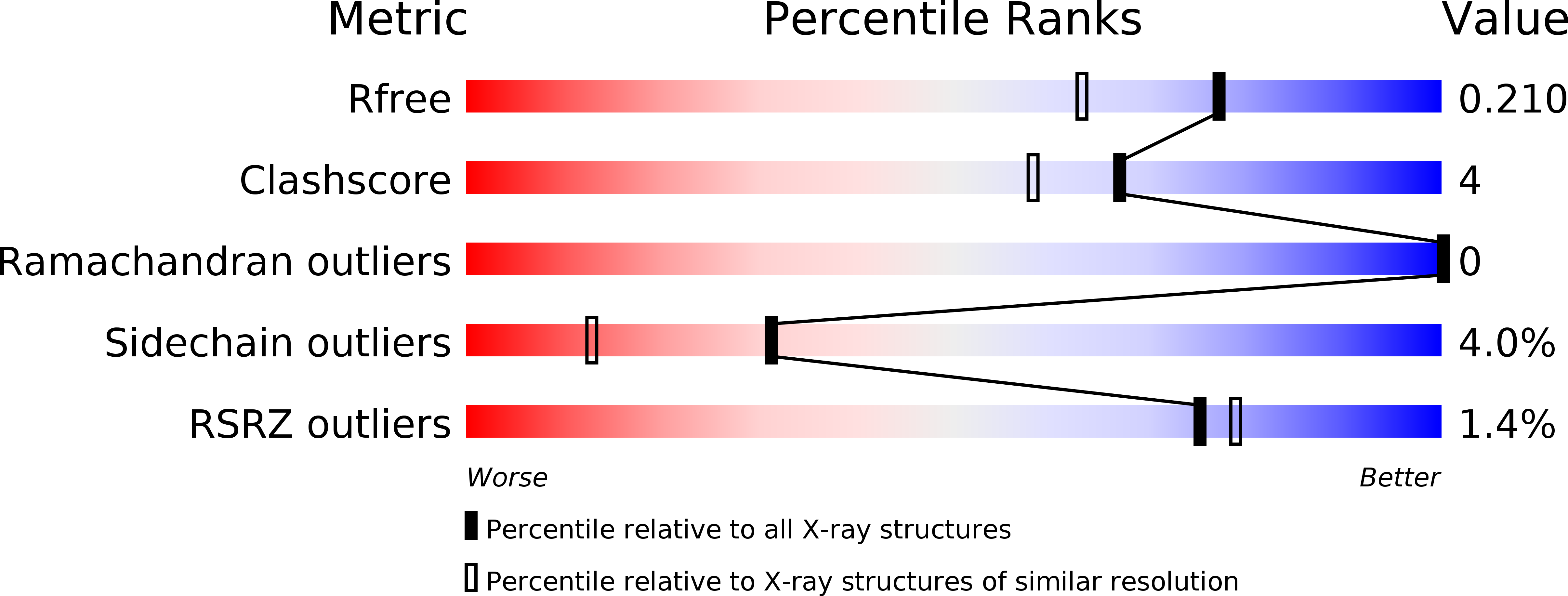
Deposition Date
2018-12-21
Release Date
2019-02-06
Last Version Date
2024-10-09
Entry Detail
PDB ID:
6QBS
Keywords:
Title:
The Alkyne Moiety as a Latent Electrophile in Irreversible Covalent Small Molecule Inhibitors of Cathepsin K
Biological Source:
Source Organism:
Homo sapiens (Taxon ID: 9606)
Host Organism:
Method Details:
Experimental Method:
Resolution:
1.70 Å
R-Value Free:
0.21
R-Value Work:
0.20
R-Value Observed:
0.20
Space Group:
P 61 2 2


